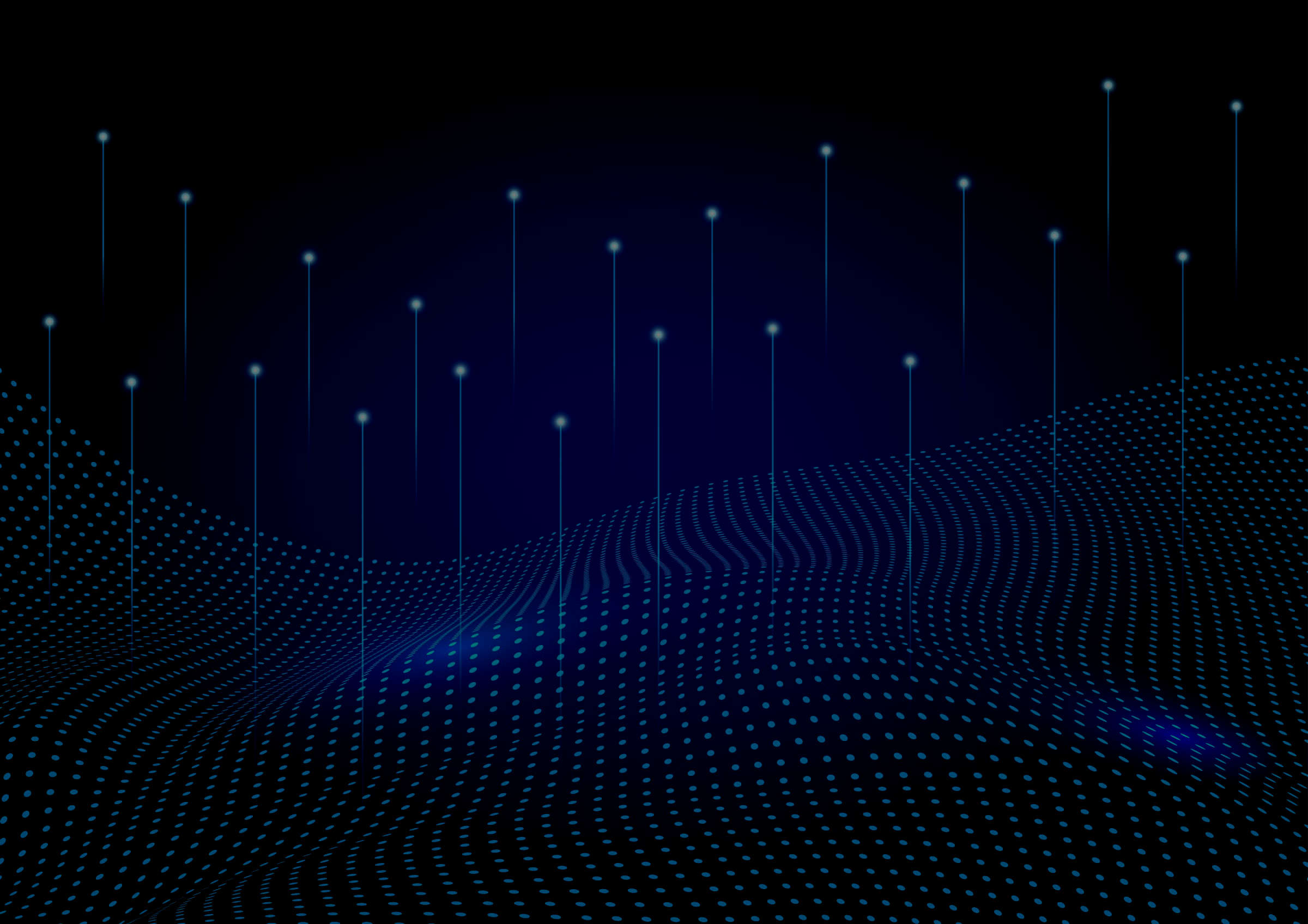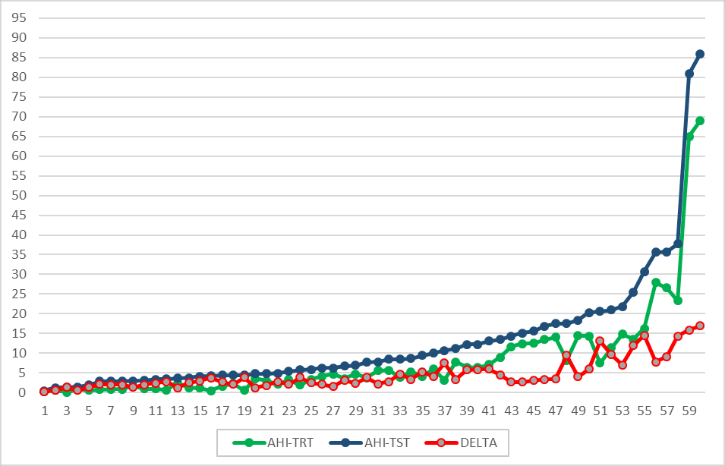L1 – Monitoring devices perform in-lab, technician-attended, overnight polysomnography
L2 ( Esprit Nova) Monitoring devices can perform full PSG outside of the
laboratory. The major difference from type 1 devices is that a technologist is not present. These devices are called comprehensive portable devices.
L3 - Monitoring devices do not record the signals needed to determine sleep stages or sleep disruption
L4 - These devices are called continuous single, or dual bio-parameter devices




